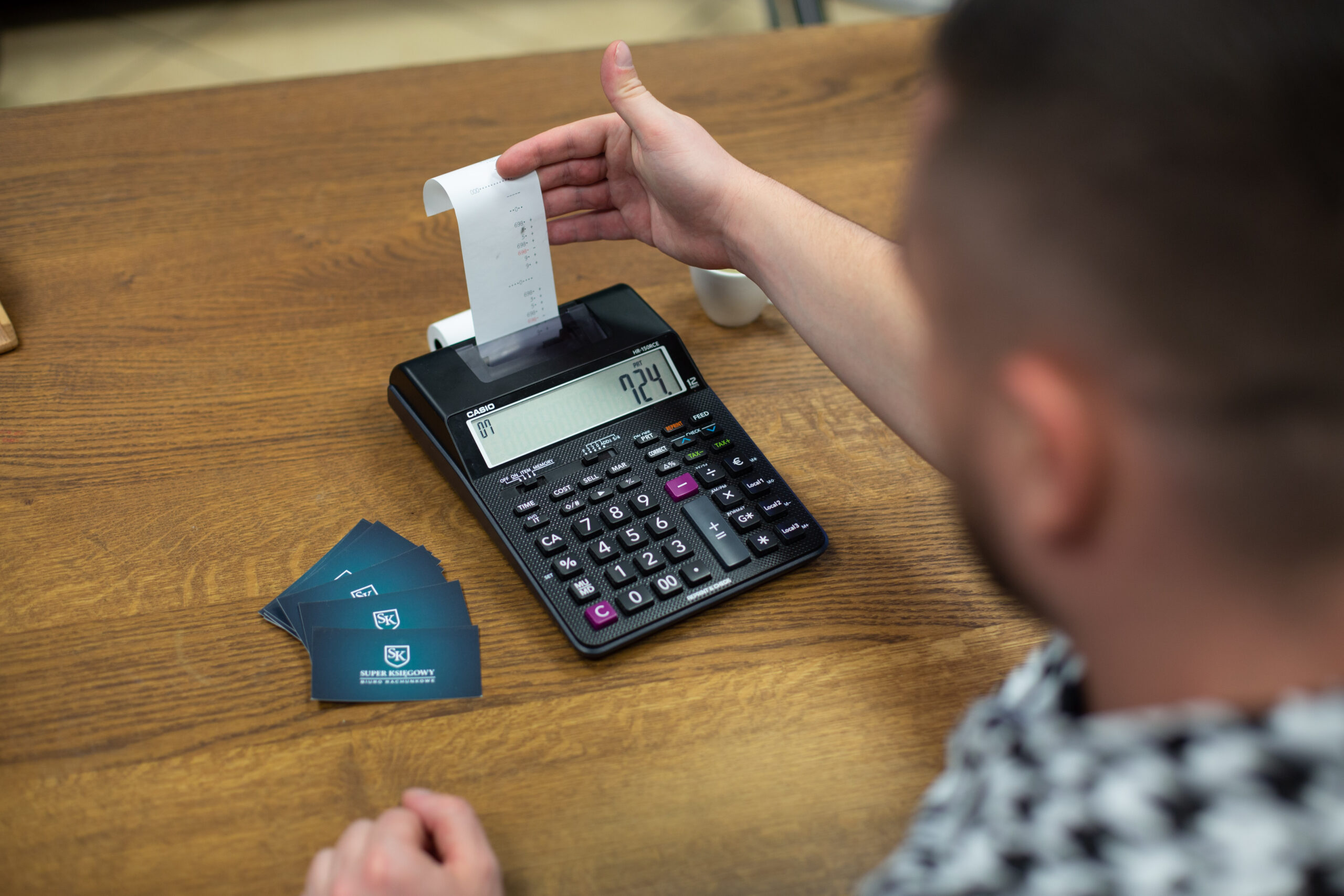In addition to maternity leave, new parents can also take parental leave. The rules for both are found in the Labor Code. New regulations regarding parental leave will come into effect on August 1, 2022. What changes await future parents?
What is parental leave?
Parental leave is not the same as maternity leave. These two terms should not be confused. Parental leave is not mandatory. It is an additional option in addition to maternity leave. Women typically use it immediately after the end of maternity leave, allowing them to stay at home with the child for the entire year until the child reaches the age where enrollment in daycare is possible. Parental leave can have two dimensions. With one child, it lasts for 32 weeks, while with twins or multiple pregnancies, it lasts for 34 weeks. Both parents can take parental leave simultaneously, with a total duration of 32 weeks, or 16 weeks per person.
Furthermore, parental leave can be used up to the child’s 6th birthday. During parental leave, parents do not receive a salary, but instead receive maternity allowance paid by ZUS (Social Insurance Institution). Interestingly, parental leave can be divided into up to 4 parts, which can be shared between both parents. To take parental leave, a request for its granting must be submitted to the employer at least 21 days before the start of the leave. If parents wish to use parental leave immediately after maternity leave, the application must be submitted within 21 days after childbirth. Parental leave can be interrupted at any time by submitting a resignation request to the employer at least 21 days before returning to work.
Parental leave – changes in regulations from August 1st.
On August 1st, 2022, very important changes to the regulations regarding parental leave will come into effect. This is due to the amendment of the Labor Code to align Polish law with the EU work-life balance directive. From August onwards, parental leave will be extended by 9 weeks. However, these weeks will not be transferable. This means that only the second parent will be able to use them. It will also not be possible to waive this leave in favor of the other parent.
In addition, the entitlement to parental leave will no longer depend on whether the child’s mother was insured with ZUS (Social Insurance Institution) on the day of birth. Another change concerns the amount of maternity allowance for parental leave. It will be 70% of the basis for calculation. However, if the mother applies for parental leave in full within 21 days after childbirth to use the leave immediately after maternity leave, she will receive maternity allowance at 81.5% of the basis for calculation. On the other hand, the father, who uses his 9 weeks of parental leave, will receive allowance at 70% of the basis for calculation.
Parental leave for fathers
The aforementioned 9 weeks of leave, which cannot be transferred to the mother, are referred to as paternal parental leave. However, there is nothing preventing the father from using the majority of parental leave, while these 9 weeks are entitled to the mother. One person can use 32 or 34 weeks of leave, depending on the number of children born. In a situation where the other parent does not use these additional 9 weeks, unfortunately, they will be forfeited. Will fathers be willing to take advantage of this additional leave? It’s hard to say, especially since the low allowance will likely not incentivize it.
What is the purpose of introducing these changes?
The purpose of the new regulations is to involve fathers in the process of raising children. Fathers rarely take advantage of the leave entitlements available to them after the birth of a child. Typically, mothers take maternity leave first and then extend it with parental leave. Now, a portion of parental leave will have to be taken by the child’s father. These changes also aim to help equalize opportunities for mothers in the job market. Many women do not have guaranteed return to their pre-pregnancy jobs and often find themselves unemployed after childbirth. Employers may choose to retain the person who was hired as a substitute for the mother, especially seeing the opportunity for their greater availability compared to mothers. Moreover, it is much more difficult for mothers returning from maternity leave to find a new job due to employers’ concerns about their reduced availability resulting from the need to care for children, their illnesses, doctor visits, or simply difficulties in ensuring childcare during working hours. The new regulations aim to facilitate newly minted parents in balancing work with private life and child rearing. This is the goal of the new EU work-life balance directive, which is the reason behind these changes being implemented.
Other possibilities for fathers.
Parental leave for fathers is not the only option available to new fathers. Firstly, fathers are entitled to special leave, which amounts to 2 days off for the time of childbirth. Fathers can also take advantage of paternity leave, which is a part of maternity leave that the mother relinquishes. She must use 14 weeks of maternity leave, with the full entitlement being 20 weeks. The remaining 6 weeks can be used by the father if the mother opts out of them. Another option is parental leave, which lasts for 2 weeks and is available until the child reaches 2 years of age. However, starting from August, the child’s age limit will be shortened to 12 months. Therefore, taking parental leave will only be possible at the same time as the mother takes maternity leave. In addition to this, fathers can also use their entitlement to two days off for the care of a healthy child. Alternatively, fathers also have the option to take childcare leave or unpaid leave; however, unlike the other options, no allowance is provided during these leaves.

